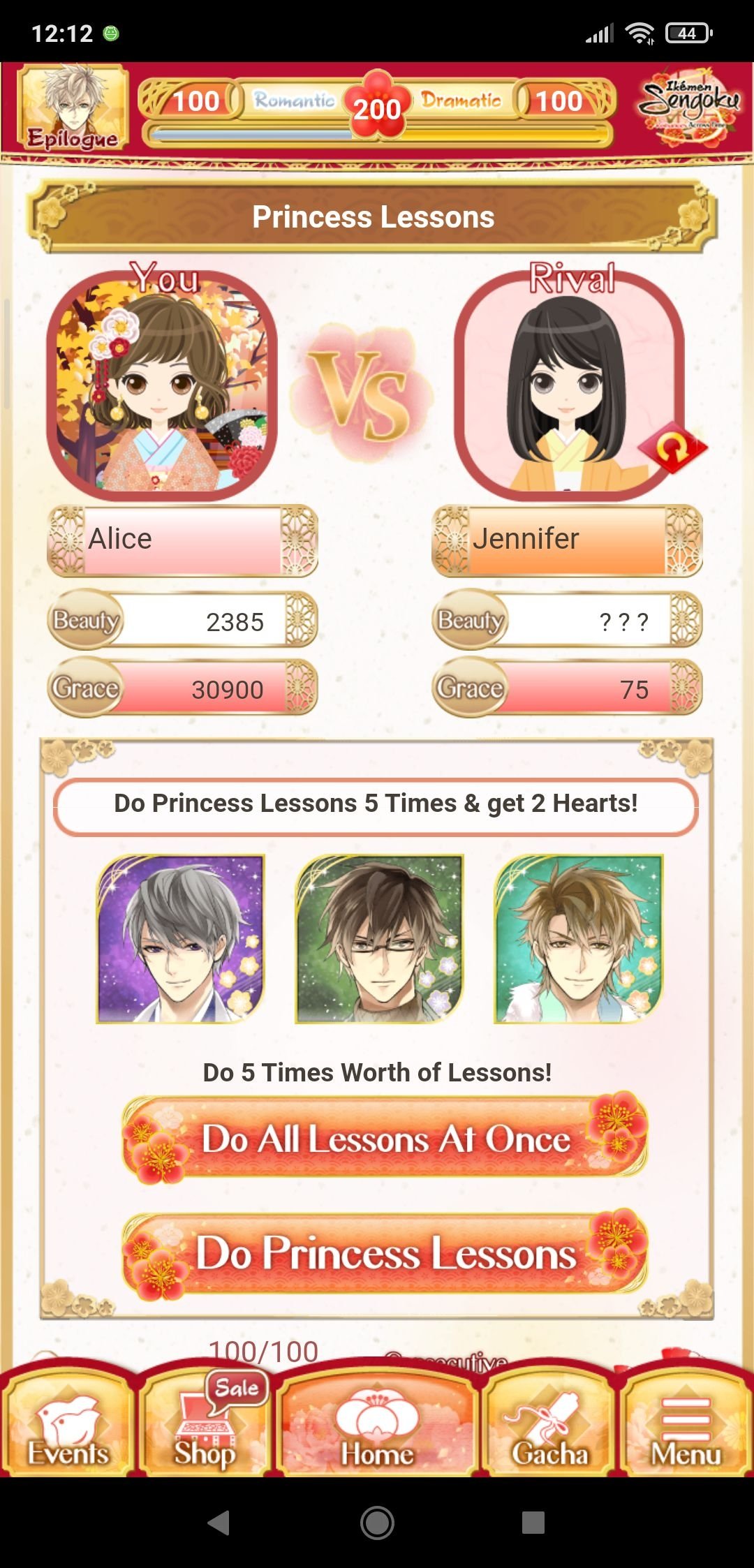
During this Edo period, the Edo culture for popular entertainment flourished with the emergence of Kabuki, Japanese-type puppets, wood block prints, and so on. Eventually, however, the sustainable society with the population of 30 million thrived on solar energy for the remaining 150 years of the Edo period. This is because (1) cold seasons prevailed worldwide and agricultural production reached saturation, and (2) consecutively, starvation appeared as a scourge. Nevertheless, for the rest of the Edo period, the population remained unchanged. 30 million due to an increase in agricultural areas, resulting in increased food production. In the first 100 years of the Edo period, the population in Japan increased from ca. In other words, the material, foods, and energy systems were based on solar energy.

In this period of isolation, foods and energies were acquired by domestic production of plants. The Edo period was the era when an internally self-sufficient economy thrived because no resources and energies were allowed to be imported as a result of the national isolation imposed by the Tokugawa Shogunate.


 0 kommentar(er)
0 kommentar(er)
